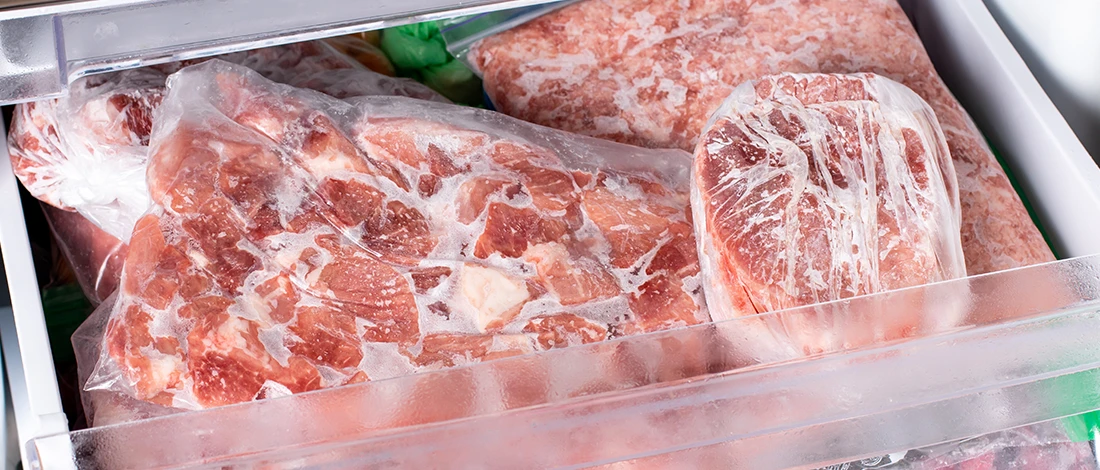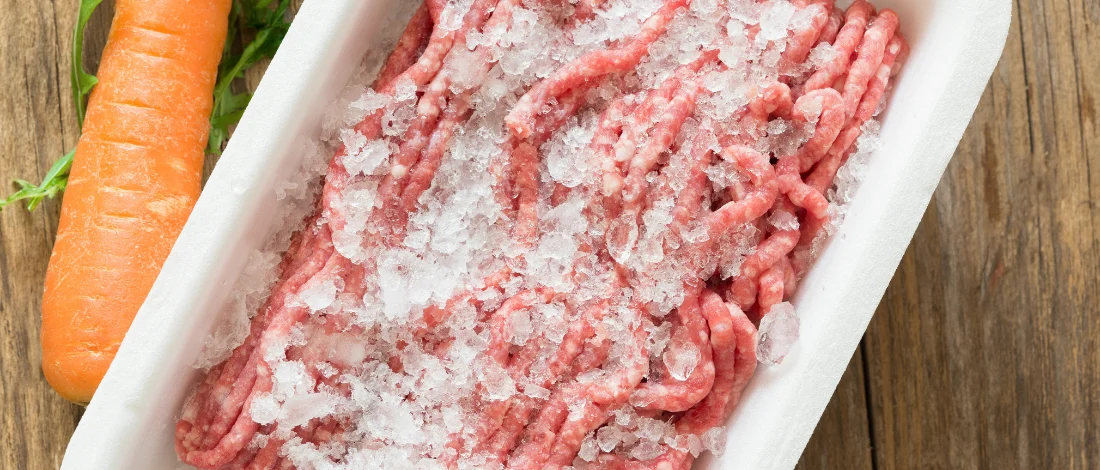Modified Pea Proteins Transform Meat Alternatives with New Texture Techniques
Scientists at the University of Minnesota are pioneering advancements in plant-based meat alternatives by reimagining pea protein’s potential.
While products like Beyond Meat burgers have relied on pea protein for its environmental benefits, they often lack the texture of real meat, a factor that has left consumers craving more authentic alternatives.
But B. Pam Ismail, founder of the Plant Protein Innovation Center, is reshaping expectations by working with companies like Bayer and Cargill to improve the texture of pea proteins, creating options that closely mimic the firmness and mouthfeel of beef.
The Pea Protein Advantage
Pea proteins are emerging as an eco-friendly alternative to wheat gluten, which has traditionally been used for its texture but is one of the top allergens in the United States.
Moreover, peas require significantly less water than wheat crops, a factor that bolsters their appeal amid growing concerns over water scarcity.
According to Alice H. Lichtenstein, a senior scientist at the USDA, shifting toward plant-based proteins such as legumes and nuts “is better for the environment” and could ease the pressure on natural resources.
She highlights that while plant-based proteins are beneficial, consumers should be mindful of the high sodium content typically found in these products.
Enzyme Magic: Reinventing Texture
To tackle the texture challenge, Ismail and her team employed an enzyme called transglutaminase, sometimes known as “meat glue.”
This enzyme, which promotes bonding between specific amino acids in proteins, has allowed researchers to strengthen pea and chickpea proteins, creating a firmer gel structure.
“When you add transglutaminase, it promotes a certain linkage between protein molecules to make them form a longer polymer,” Ismail explained.
This restructuring results in a product with a more robust, gel-like texture, providing a satisfying bite similar to traditional meat.
Scaling Sustainability in the Food Industry
While the lab results are promising, Ismail notes the challenge in translating this innovation to a larger scale.
“There’s a lot of work involved when scaling something from bench to industry,” she says. Working closely with food giants, her team aims to ensure these improvements in pea protein are both commercially viable and environmentally sustainable.
The research not only promises tastier meat alternatives but also supports the development of foods that could lessen the environmental footprint of traditional meat, aligning with consumers’ increasing demand for eco-conscious options.
Interested in the science behind plant-based textures that mimic real meat? Check out our homepage.


